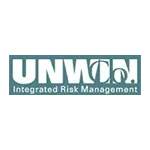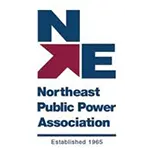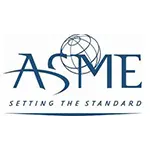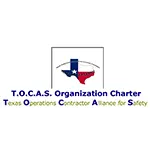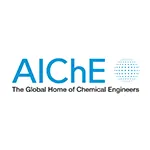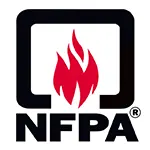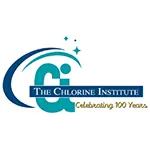Let us help you make sense of PSM / RMP!
My friend Brian Chapin will be offering an open-enrollment PSM/RMP class in Burleson, Texas, July 8th to 11th, 2025. Brian is an absolute pro in NH3 Refrigeration Process Safety. Anyone who attends will also get a FREE membership to SAFTENG. You can get more information on the class with this link.
CLICK HERE to Renew your Membership
CLICK HERE for a NEW Membership
CLICK HERE to see eligibility requirements for FREE Membership
If you have any questions, please contact m
SAFTENG has:
- Over 18,000 categorized unsafe acts/conditions and accident/injury photos
- Over 1,500 ppt's & doc's in the SAFTENG Library
- Over 4,000 Technical Articles on Process Safety, Emergency Response & OSH topics
- Over 450 videos (those not allowed on YouTube Channel)
Many THANKS to my NEW Members and those who CONTINUE to support SAFTENG:









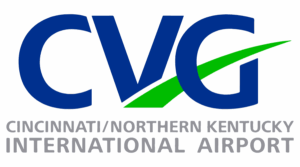


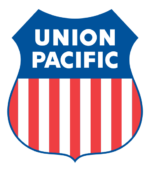

April 1, 2011
Join me and SAFTENG.net in helping spread this important safety message about texting and driving!
…
HomeRead More »
Read More
April 1, 2011
WARNING!!! This is a REAL 911 call from a gentleman who lost his life after a belt tore his arm off at a concrete plant. The call was edited to remove the worker’s name and other personal information (e.g., mentions of wife and kids’ names), and it was cut off to end before the man lost consciousness and eventually lost his life from a blood loss. This is posted with the hopes that those...
Read More
April 1, 2011
The More Routine The Task.. The Bigger The Safety Risk?? For some persons, safety only becomes an important consideration when they are doing a “dangerous” job or task. They rationalize that safety procedures can be bypassed or ignored when the task is simple, small, routine and seemingly presents little risk of injury. Unfortunately, this type of thinking is why many routine, and apparently safe tasks...
Read More
April 1, 2011
Many THANKS to my NEW & RENEWING Corporate Partners in Safety! since 3/2011 since 3/2011 since 2007 since 2009 since 2/11 2011 Fatality Tracker Electrical 7 (2010 = 90) (2009 = 100) Forklift/Manlift Mobile Equipment 30 (2010 = 110) (2009=88) Mining 48 (2010 = 480) (2009 = 586) Explosions 51 (2010 = 246) (2009 = 302) Cranes 6 (2010 = 50) (2009 = 82) Falls 24 (2010 = 139) (2009 = 172) (2008...
Read More
April 1, 2011
Generally, responders rely primarily on Material Safety Data Sheets (MSDSs) maintained at the facility. However, MSDSs may not provide sufficient information to effectively and safely respond to accidental releases. This Alert is designed to increase awareness of MSDS limitations, so that first responders can take proper precautions, and identify additional sources of chemical information, which could...
Read More
March 31, 2011
Bryan, Here are some observations related to Bayer PHA effectiveness, as mentioned in the CSB report. The Chem Safety Board Incident Investigation Report for the Bayer incident was very critical regarding the quality / effectiveness of the PHA study. Please take a look over the attached extract from the report and keep these items in mind when you lead your next PHA. Although the Chem Safety...
Read More
March 31, 2011
You know, sometimes we need to have our efforts validated. I put myself out there on a daily basis to try my best to educate those who are willing to listen to my ideas and rationale. I take a lot of hits and it gets to me every once in a while. But with over 20,000 faithful members and subcribers I can always count on one of you to pick me up, dust me off, and slap the @#$% out of...
Read More
March 31, 2011
1910.303(g)(1): “Space about electric equipment. Sufficient access and working space shall be provided and maintained about all electric equipment to permit ready and safe operation and maintenance of such equipment.” 1910.303(g)(1)(i): “Working space for equipment likely to require examination, adjustment, servicing, or maintenance while energized shall comply with the following dimensions, except...
Read More
March 31, 2011
TRANSCAER® recently launched a 27-state training tour to provide education and training sessions on emergency response techniques involving anhydrous ammonia.
…
HomeRead More »
Read More
March 31, 2011
Although both EPA and OSHA use similar definitions to define who is an “incidental contractor” and those contractors who need to be evaluated to work in, on, or adjacent to a “covered process”, there is still much confusion on the intent of the “contractor element” and which type of contractors should be included and the type of review that should really be taking...
Read More
March 29, 2011
I know that I was shocked when I learned that a cooling tower can BURN TO THE GROUND while it is in service. I have even worked at facilities where I property insurer required us to install sprinkler systems INSIDE the cooling towers. I know it is hard to imagine, but it happens.
…
HomeRead More »
Read More
March 29, 2011
Some interesting data on Anhydrous Ammonia releases in NY state from 1993-1998.
…
HomeRead More »
Read More





